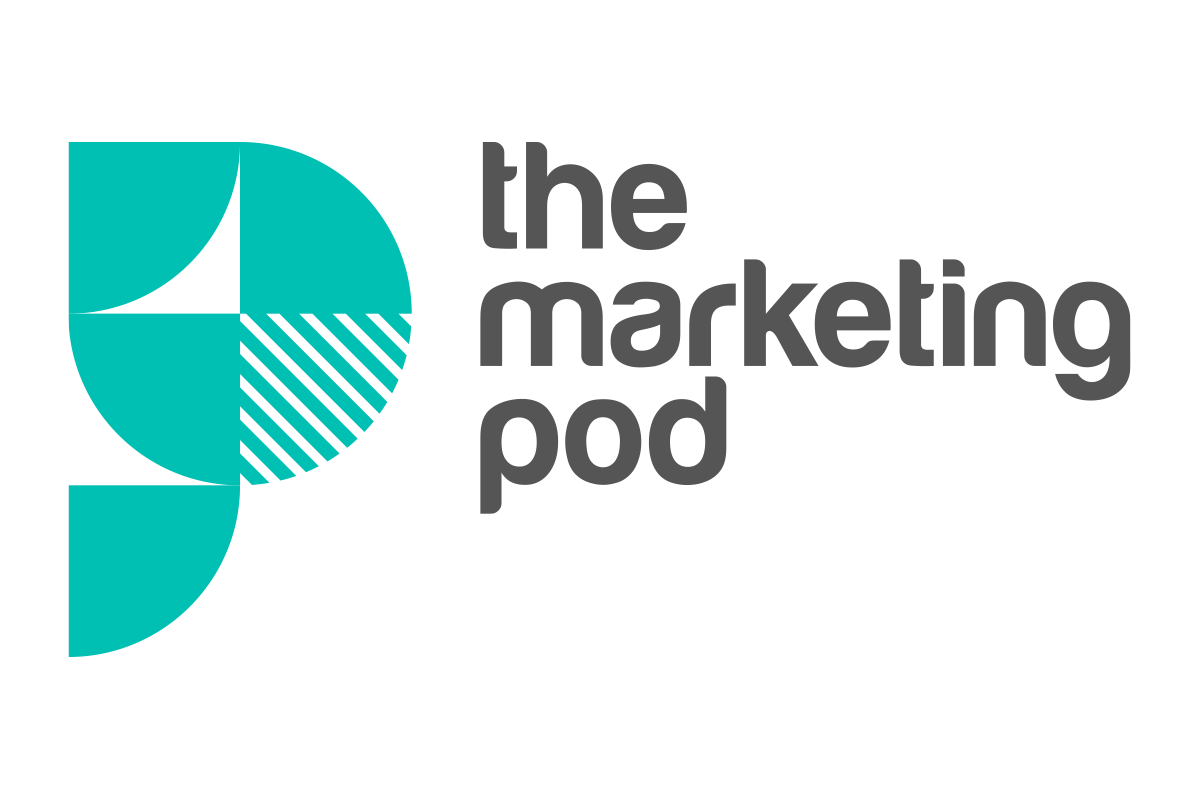Navigating the new LinkedIn algorithm: Boosting B2B engagement
If you’ve seen a sudden, seemingly-unexplained drop off in engagement on your business’s LinkedIn profile, you’re not the only one. The world’s largest professional social network has recently undergone some algorithmic changes aimed at refining content delivery and enhancing user experience. The main change sees knowledge and advice rewarded, while users are fed fewer selfies and other “viral” posts on their timelines. While these changes promise to connect the right content with the right audience, some B2B businesses have seen a decline in engagement due to the shifting dynamics.
In this article, we'll explore how the updated LinkedIn algorithm works and provide three actionable tips to help B2B businesses reignite their engagement strategies.
Knowledge and advice. What do the changes mean for you?
When LinkedIn introduced the changes earlier this summer, the firm said they were aimed at optimising content delivery to reach the appropriate audiences. As always, a significant shift in algorithm means adjustments for marketers trying to reach potential and existing customers through the site.
Notably, the concept of virality no longer impacts the algorithm, diverging from the previous emphasis on amplifying engaging and viral content. In fact, LinkedIn’s editor-in-chief said: “When things go viral on LinkedIn, usually that’s a sign to us that we need to look into this, because that’s not celebrated internally.”1 Content perceived as likely to go viral may now negatively affect visibility and engagement with the intended audience. The change instead implements a shift in favour of personalised connections and followers, prioritising the visibility of their posts.
The updated algorithm also rewards knowledge-rich posts by extending their reach beyond the immediate network. LinkedIn's renewed emphasis on expert content is evident, with the algorithm tailored to showcase content based on user interests, profile information and activity. Users are encouraged to foster engagement through meaningful interactions such as shares and in-depth comments or replies.
The revised LinkedIn system now evaluates content using three main metrics: relevance, expertise and engagement:
Relevance is how well the post caters to a specific audience, influencing its broader reach.
Expertise is gauged by the author's proficiency in the subject area, drawing from their background and skills.
Engagement is measured by "meaningful comments" from individuals with a historical interest in the post's topic. It considers the identity of commenters and their own network, further refining content visibility based on the community's response.
How should your business respond?
Firstly, don’t panic or start searching for a new social media manager. It’s normal for major algorithm changes on any social platform to cause a little initial chaos to meticulously-planned marketing strategies. At the same time, a quick, informed response is the best approach for B2B marketers. Often, as algorithm changes are not actually designed to catch people out, they can even benefit engagement in the long run if addressed correctly.
Here are our three top tips for responding and pushing your engagement back up:
1 – Shift from virality to relevance
In the past, viral content often merged personal and professional aspects, resulting in widespread engagement. However, LinkedIn's new algorithm shifts away from valuing virality. Content perceived to have viral potential might now backfire, reaching irrelevant audiences and hampering engagement. To counteract this, focus on relevance. Tailor your content to address the distinct needs and interests of your target audience. Consider using data-driven insights to understand their pain points, preferences and industry trends, ensuring that your content resonates effectively.
2 – Establishing expertise for extended reach
The updated algorithm rewards content that showcases expertise and knowledge. Instead of relying solely on the size of your network, prioritise sharing knowledge-rich posts that establish you as an industry authority. Share valuable insights, industry updates, real-world examples, practical advice and helpful tips. By consistently providing valuable information, you'll position yourself as a thought leader, gaining not only the attention of your immediate connections, but also a wider audience interested in your expertise.
3 – Foster meaningful engagement
LinkedIn now places a premium on meaningful interactions. To improve your content's visibility and engagement, encourage discussions that resonate with industry professionals. Avoid shallow comments like "great post" and encourage thoughtful contributions that add value to – or even spark or create – the conversation. Engage with commenters by responding thoughtfully and acknowledging their inputs. This helps build a community around your content and increases the likelihood of it being shared with a broader audience.
Leveraging LinkedIn’s algorithm
While the new LinkedIn algorithm has led to changes in engagement dynamics, B2B businesses can adapt and thrive by focusing on relevance, expertise and meaningful engagement. By aligning your content with your audience's needs, showcasing your industry knowledge and leading genuine conversations, you can leverage LinkedIn's updated algorithm to your advantage. As a B2B business, this should be seen as an exciting opportunity. Remember – you are the expert in your field. Embrace the chance to establish your brand as a trusted industry authority and nurture connections that drive engagement and growth.
And remember – The Marketing Pod’s expert strategy, content, PR, creative and digital teams can help you create content that successfully navigates these algorithmic changes, with a strategic approach that encourages participation and boosts your claims as a B2B thought leader. Contact us today.
1. https://www.linkedin.com/pulse/linkedin-changes-its-algorithm-wheres-attention-now-danilo-nunes/

